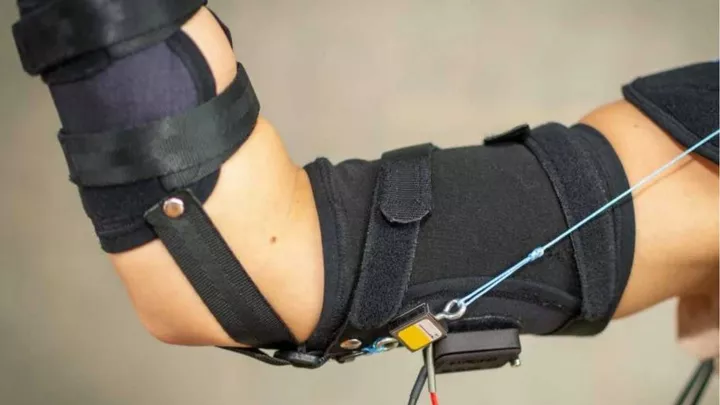
Being comfortable using your arm to perform various operations in life is a breeze for many people. However, for patients who have suffered an injury to their upper limbs, and for many elderly people who have aged, this is not something that can be done easily.
In order to improve the quality of life that is altered by injuries or lack of strength in the upper body, researchers at the ETH Zurich have developed the Myoshirt, a wearable textile external arm muscle that acts as an additional muscle layer to increase upper body strength and endurance for people with limited mobility.
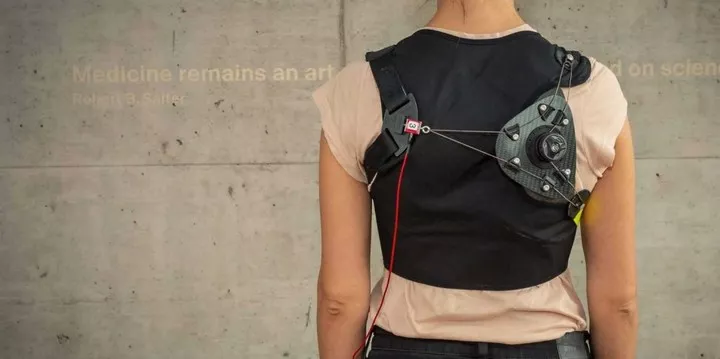
▲Image from: ETH Zürich
The Myoshirt is actually an upper arm vest with sleeves, complete with a small box containing technology that won't be applied directly to the body. Instead, it uses a smart algorithm to detect the intentional movements of the wearer and the amount of force required through sensors embedded in the fabric.
The motor then shortens the cable in the fabric parallel to the wearer's muscles, which is equivalent to using an artificial tendon to support the desired movement. This assistance is always aligned with the user's movements and can be tailored to individual preferences. The user is always in control and can wear the device at any time.
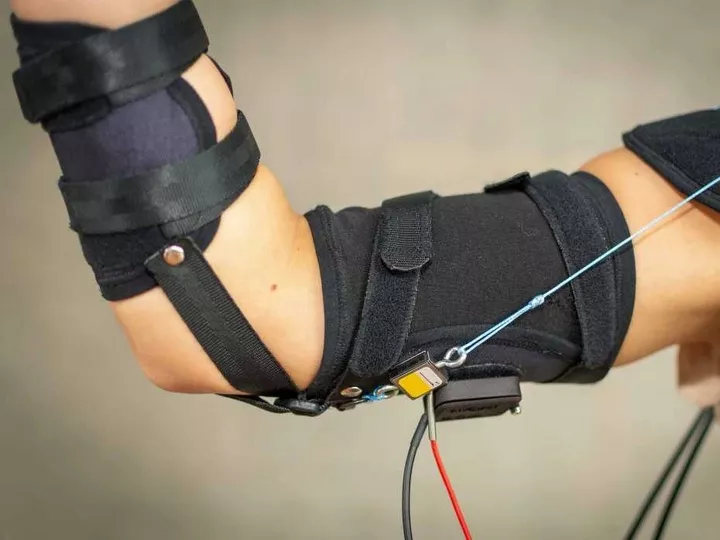
▲Image from: ETH Zürich
With the Myoshirt as a support for the external muscles, the upper limbs also have more endurance. This prototype was tested for the first time in a recent study conducted by researchers on 12 participants: 10 of them did not have any physical injuries, one (Michael Hagmann) had muscular dystrophy and one had a spinal cord injury.
The test results showed that with the strength of the wearable external muscles, all participants in the test became able to lift their arms or objects for longer periods of time. Of these, healthy subjects increased their endurance by about a third, participants with muscular dystrophy increased their endurance by about 60 percent, and participants with spinal cord injuries were even able to complete the exercise three times as long.
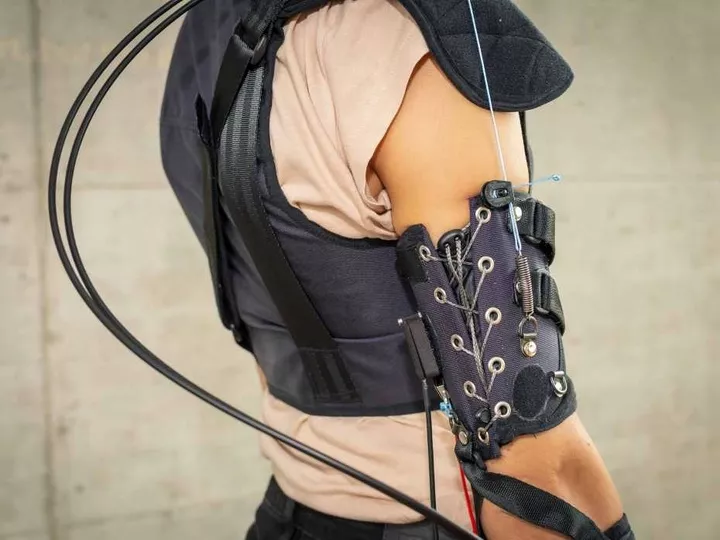
▲Image from: ETH Zürich
The resulting external muscle relieved their muscle load, and the vast majority of participants found the device intuitive to use. However, it will take time before the Myoshirt is ready to be marketed as a product. In the next phase the researchers hope to test the prototype outside the lab in the natural environment of future wearers and use the results to make further improvements.
In order to make the device inconspicuous and comfortable to wear under a person's clothing, the actuator, which currently weighs 4 kg, and the control box had to be further reduced in size and weight. The researchers wanted to minimize the size of the product by focusing on a single core function, which is the ability to support the user's shoulders while raising the arm.
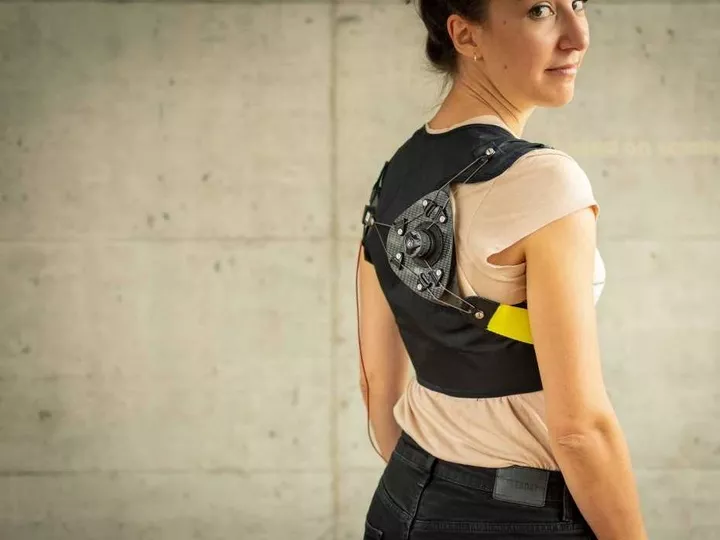
▲Image from: ETH Zürich
ETH (ETH Zurich) is working with spin-off company MyoSwiss to improve the external muscle, and the practical application is clear, allowing hospitals to offer the Myoshirt to patients who need to exercise at home, but without the need for clumsy and expensive therapeutic equipment. with it, some daily tasks can also be made easier.
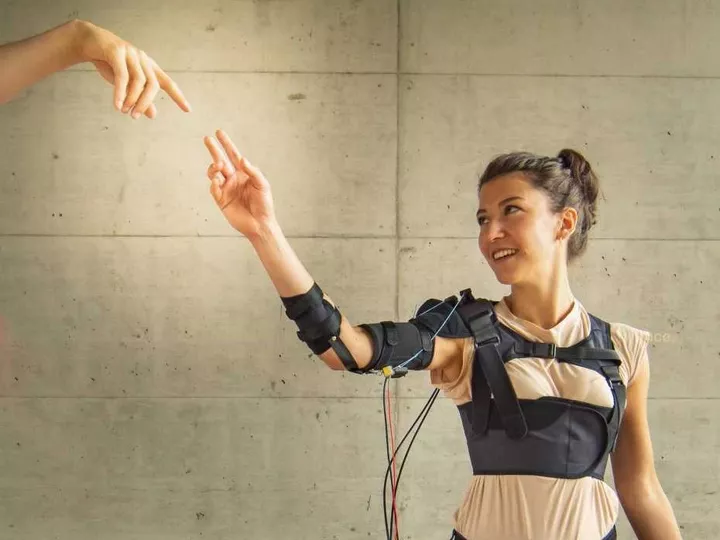
▲Image from: ETH Zürich
Myoshirt was born because Michael Hagmann, who had Bethlem Myopathy, a rare form of muscular dystrophy that prevented him from having adequate muscle strength in his arms, was born. Although hospitals have many good treatment devices, they are often very expensive and bulky. Also, few technical aids are available that patients can use directly in their daily lives or when exercising at home.
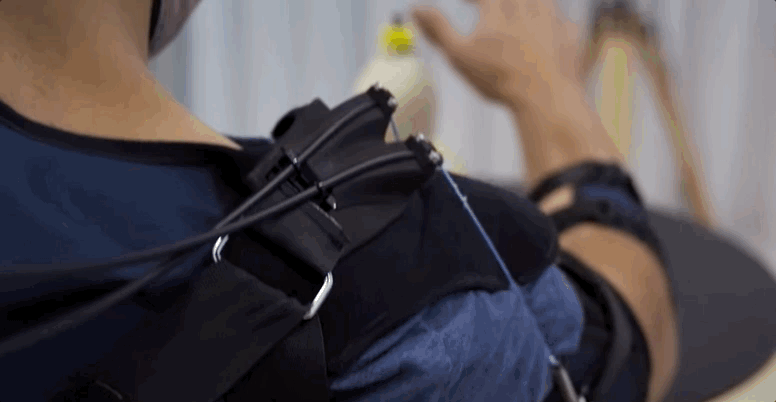
▲Image from: ETH Zürich
Today, Michael Hagmann has assisted in testing various technical aids at ETH, from prototypes to finished products. myoshirt, which autonomously follows the user's movements and thus helps the shoulder resist gravity, has also proven to be an effective tool for intuitively assisting the shoulder in functional reaching tasks, increasing the personal independence of people with upper limb disabilities.
Hopefully, as Myoshirt is researched and improved, more people like Hagmann will be able to accomplish more things in life on their own, allowing for more independence and a better quality of life.